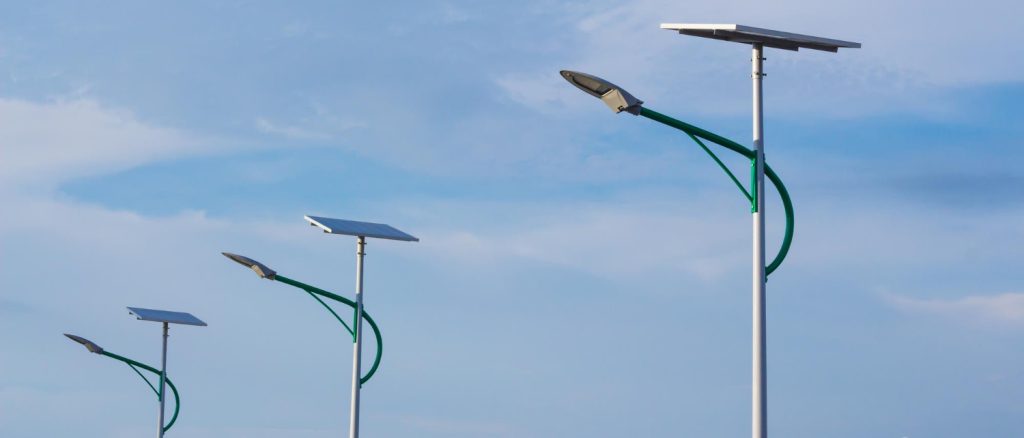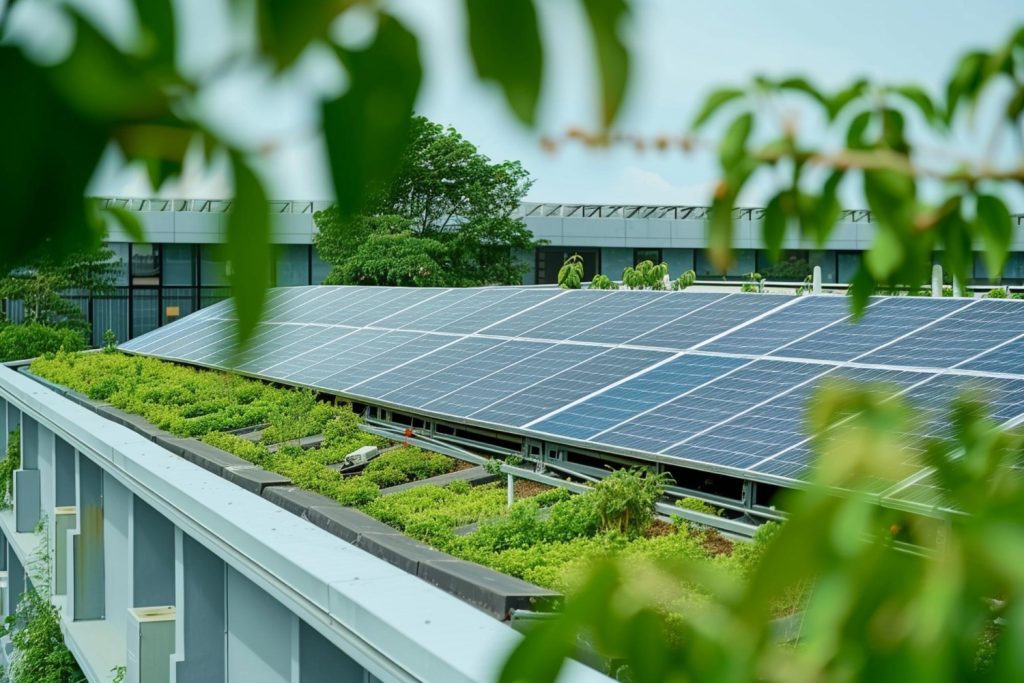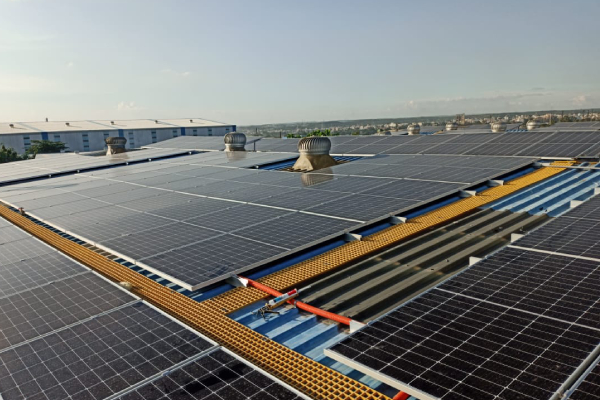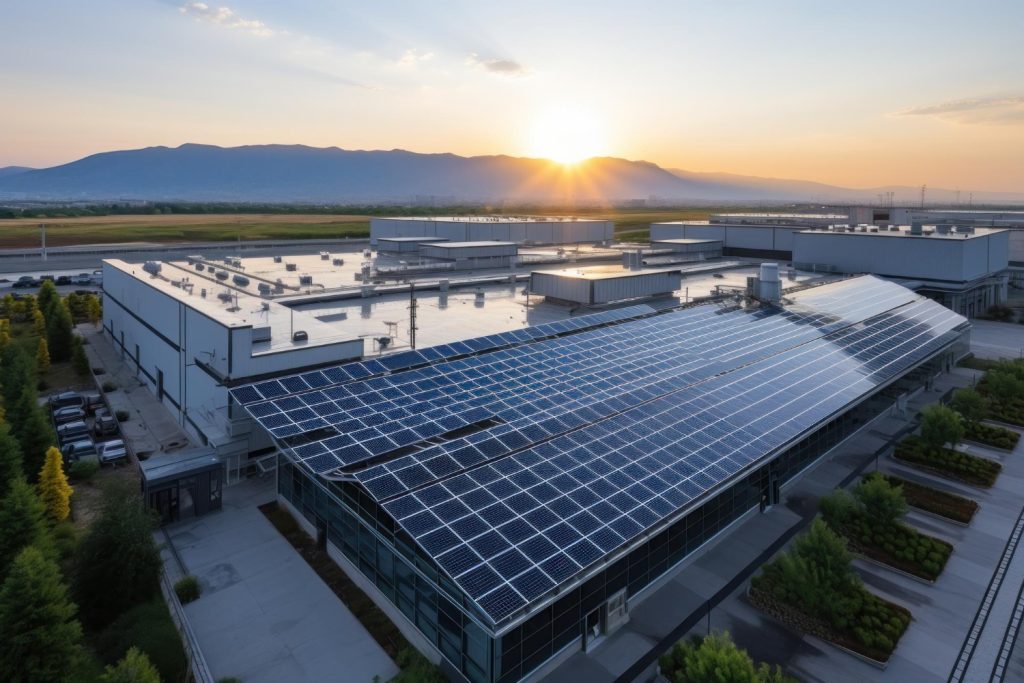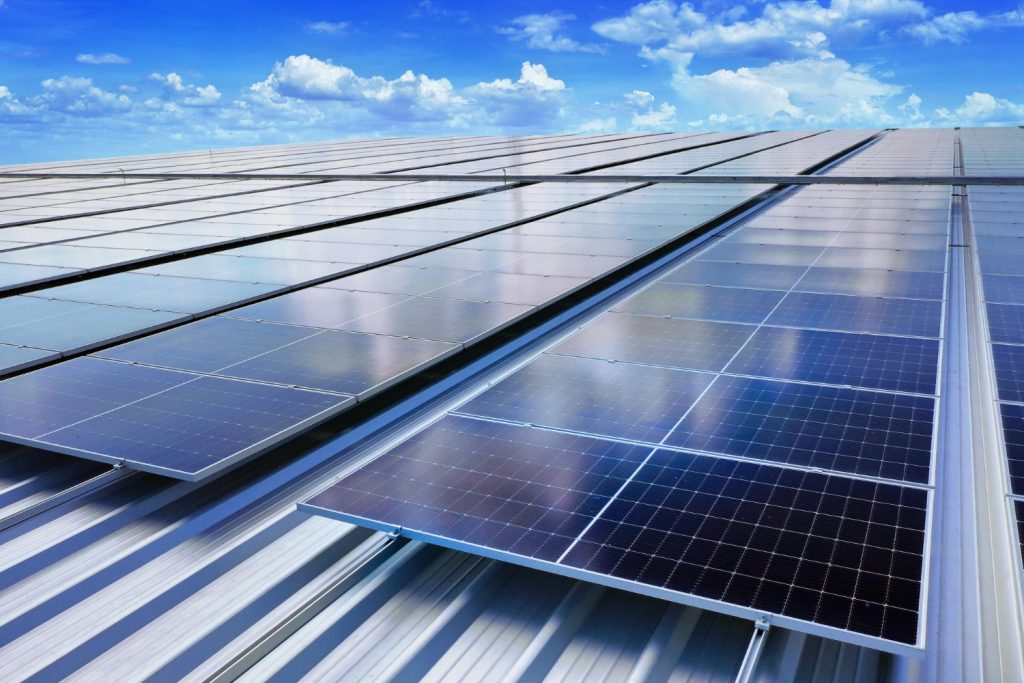Maharashtra’s Agri-Solar Revolution | Redington Solar
Maharashtra is spearheading a unique renewable energy initiative – Maharashtra’s Agri-Solar – that blends agriculture and solar power generation. This innovative approach promises to transform farming in the state, providing benefits for farmers, the environment, and Maharashtra’s energy landscape. Understanding Agri-Voltaics Agri-voltaics involves the dual-use of land for both solar power generation and crop cultivation. Here’s how it works: Elevated Solar Panels: Solar panels are installed at an elevated height, allowing enough space beneath them for farming activities. Shade-Tolerant Crops: Crops that can thrive with partial sunlight are strategically selected for cultivation. Smart Design: The design ensures optimal sunlight distribution for both the solar panels and the crops. Benefits of Agri-Voltaics for Farmers Additional Income: Farmers earn revenue through leasing their land for solar power generation, creating a new income stream. Reduced Water Needs: The shade from solar panels helps conserve soil moisture, reducing the frequency of irrigation. Crop Protection: The structure can protect crops from extreme weather events like hailstorms. Energy for Farm Operations: The generated solar power can be used to run farm equipment like irrigation pumps, reducing dependence on the grid. Maharashtra’s Agri-Solar Ambitions Maharashtra’s government is actively promoting agri-voltaics as part of its larger renewable energy goals. The state’s ample sunlight and vast agricultural lands make it an ideal location. Key aspects of this initiative include: Pilot Projects: Successful pilot projects have demonstrated the viability and benefits of agri-voltaics in Maharashtra’s climate. Focus on Farmers: Policies aim to ensure farmers receive fair compensation and retain ownership of their land. Capacity Targets: Maharashtra has ambitious targets to scale up agri-voltaic projects across the state. Potential Impact Maharashtra’s agri-solar push holds immense potential to: Empower Farmers: Augment farmers’ income and improve agricultural efficiency. Boost Clean Energy: Make a significant contribution to the state’s renewable energy goals. Promote Sustainable Agriculture: Enhance crop resilience and water conservation within the farming sector. The Path Forward Maharashtra’s agri-solar initiative is still in its early stages, but it has enormous potential. To ensure it reaches its full impact: Awareness Campaigns: Educating farmers about agri-voltaics and its benefits is crucial. Research & Development: Continued research into suitable crops and optimal agri-voltaic designs is needed. Financing Support: Providing farmers with financing options for agri-voltaic systems can boost adoption. Conclusion Maharashtra’s agri-solar push exemplifies the power of innovation in the renewable energy sector. This initiative has the potential to revitalize agriculture while contributing to a cleaner, greener future for the state.



